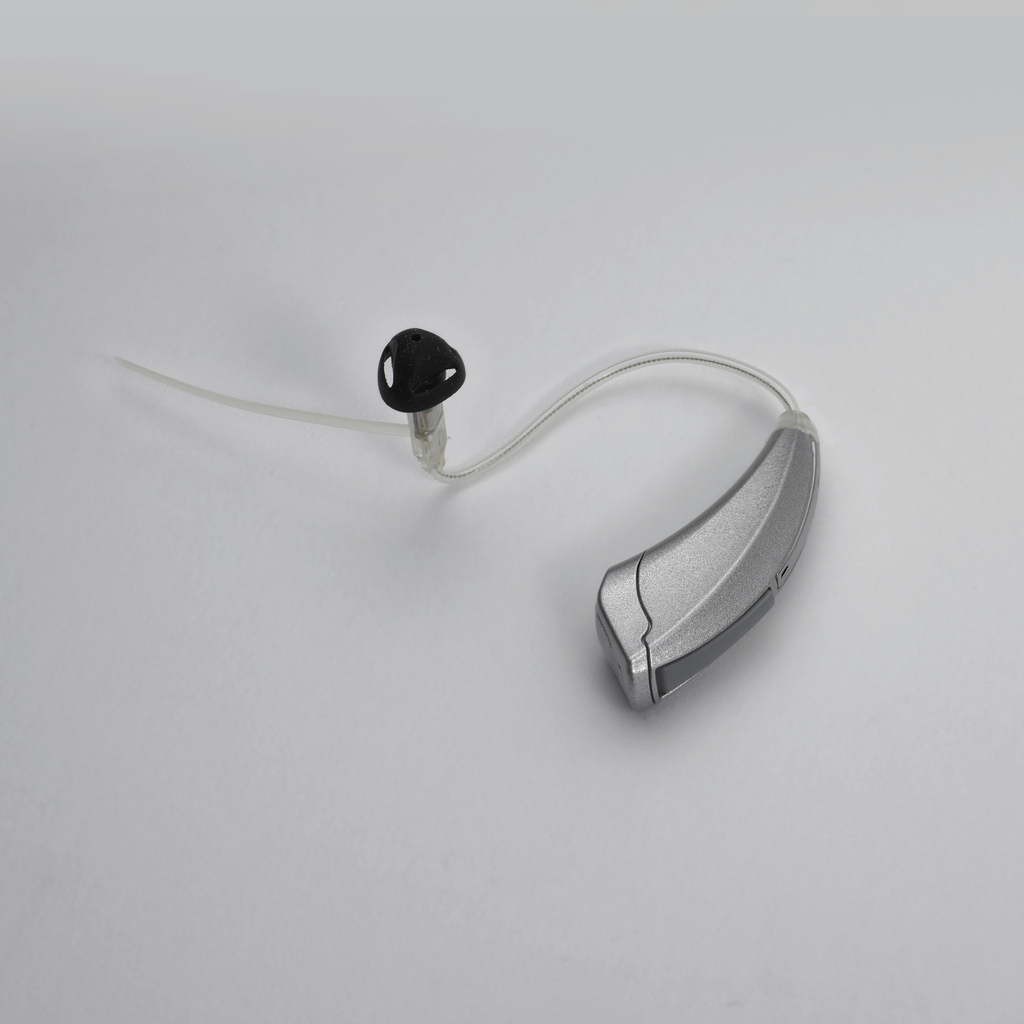How can you make a hearing aid both elegant and functional at the same time? Stuart Karten Design introduced the Zon as a way to combat the stigma that is usually associated with the traditional beige shrimp-shaped hearing aids. Often associated with age, weakness or even disability, many individuals with hearing impairments wait as long as eight years before getting their first device. Karten set about giving the hearing aid a dramatic makeover, inspired by the forms of modern architecture, jewelry and automotive design. Available in six understated colors that blend seamlessly with various hair and skin tones, Zon is nearly invisible when worn behind the ear. In many ways, it bears more resemblance to a piece of jewelry than a medical device. Controlling the device has been simplified as well: whereas traditional hearing aids often incorporate a series of small switches, the lower half of the Zon is designed to function as a seamless push-button control. The Zon hearing aid is an example of the ways that good design can be employed to create tools that both inspire and empower. The device was a 2008 recipient of the Cooper-Hewitt, National Design Museum’s People’s Design Award.
The Zon hearing aid and other tools appear in the exhibition Tools: Extending Our Reach, 12 December 2014 – 25 May 2015.
Andrew Gardner is currently a graduate student intern and a former summer 2014 Peter Krueger curatorial intern at the Cooper Hewitt, Smithsonian Design Museum. He is pursuing a master’s in Design History from the Bard Graduate Center, expected 2015.
